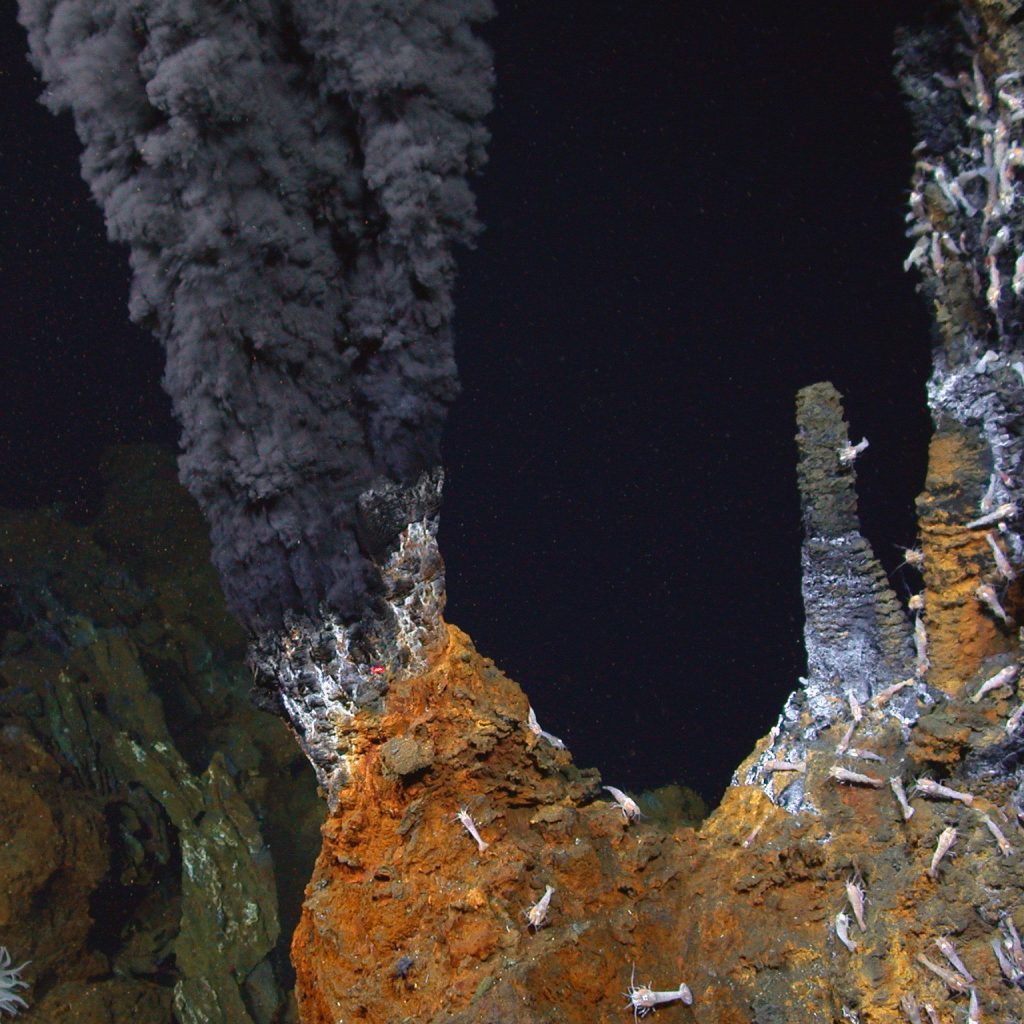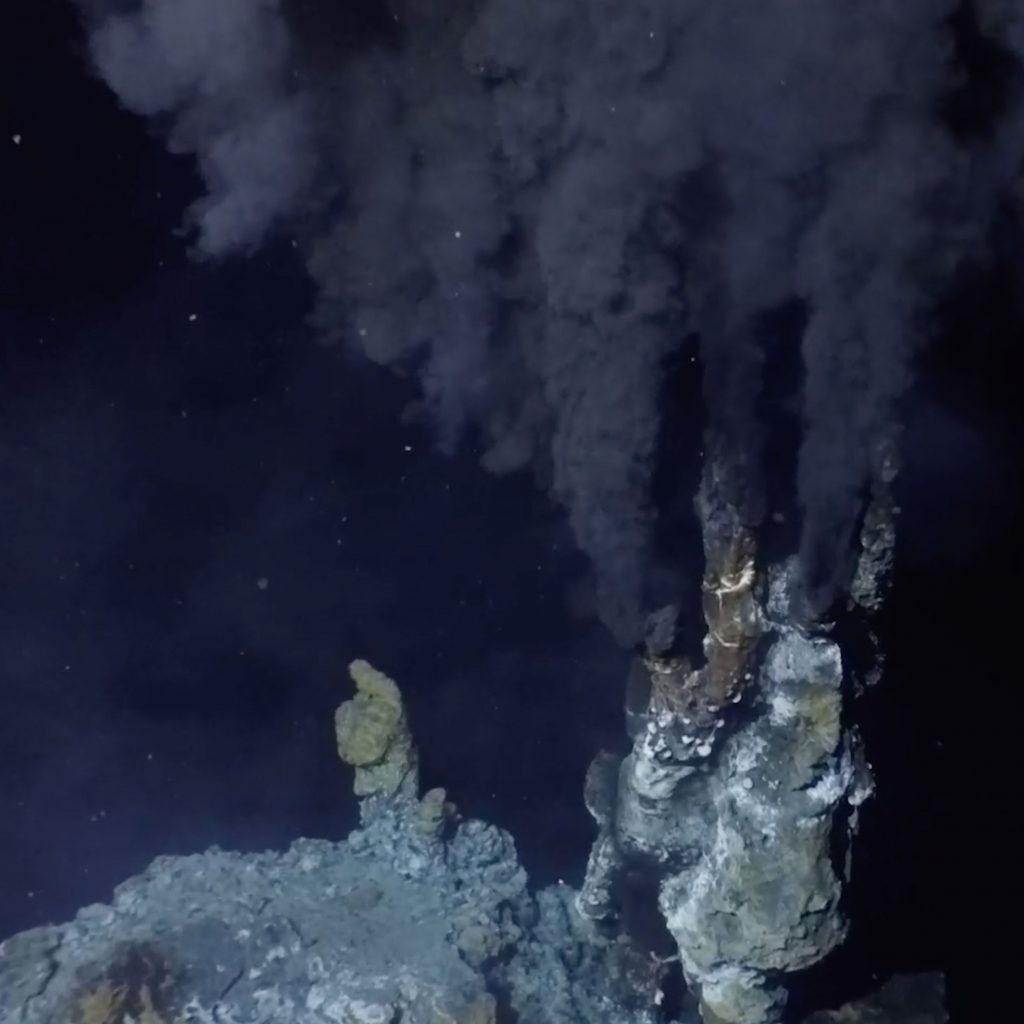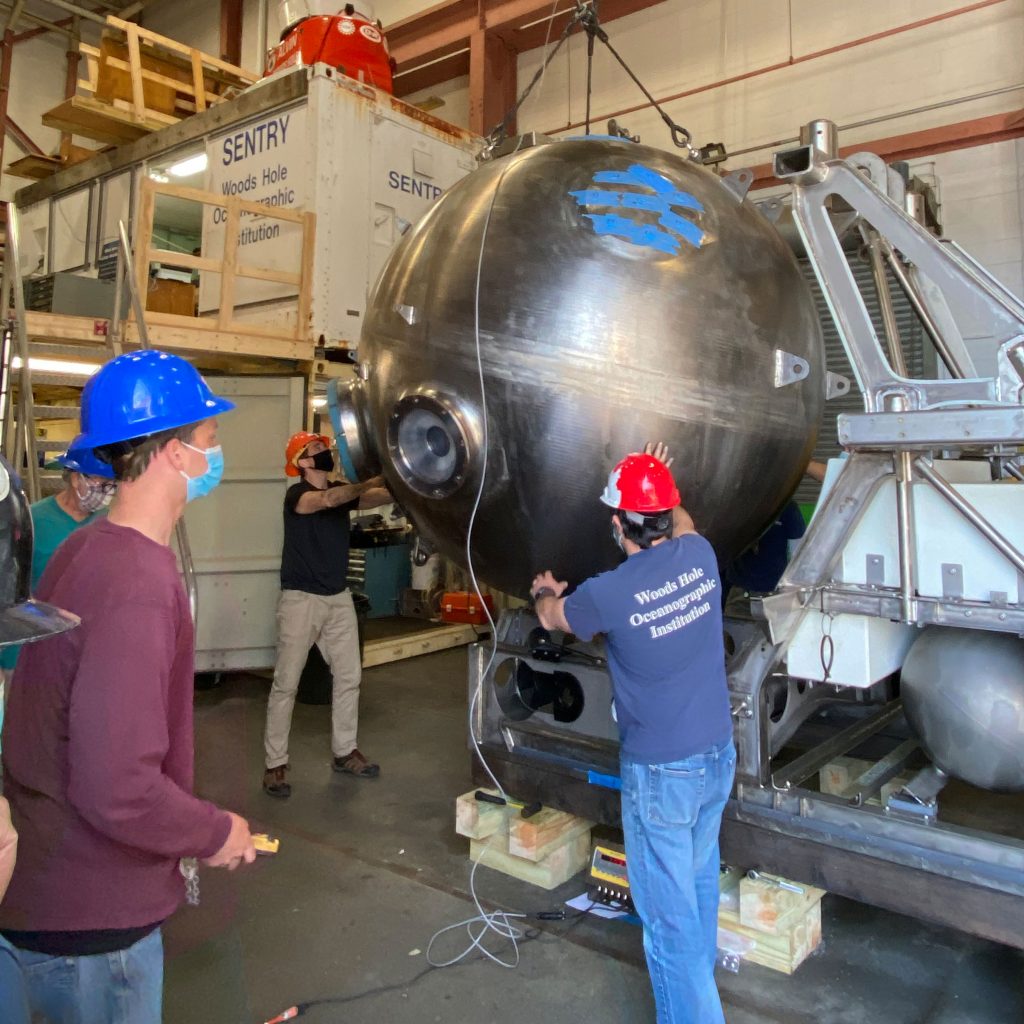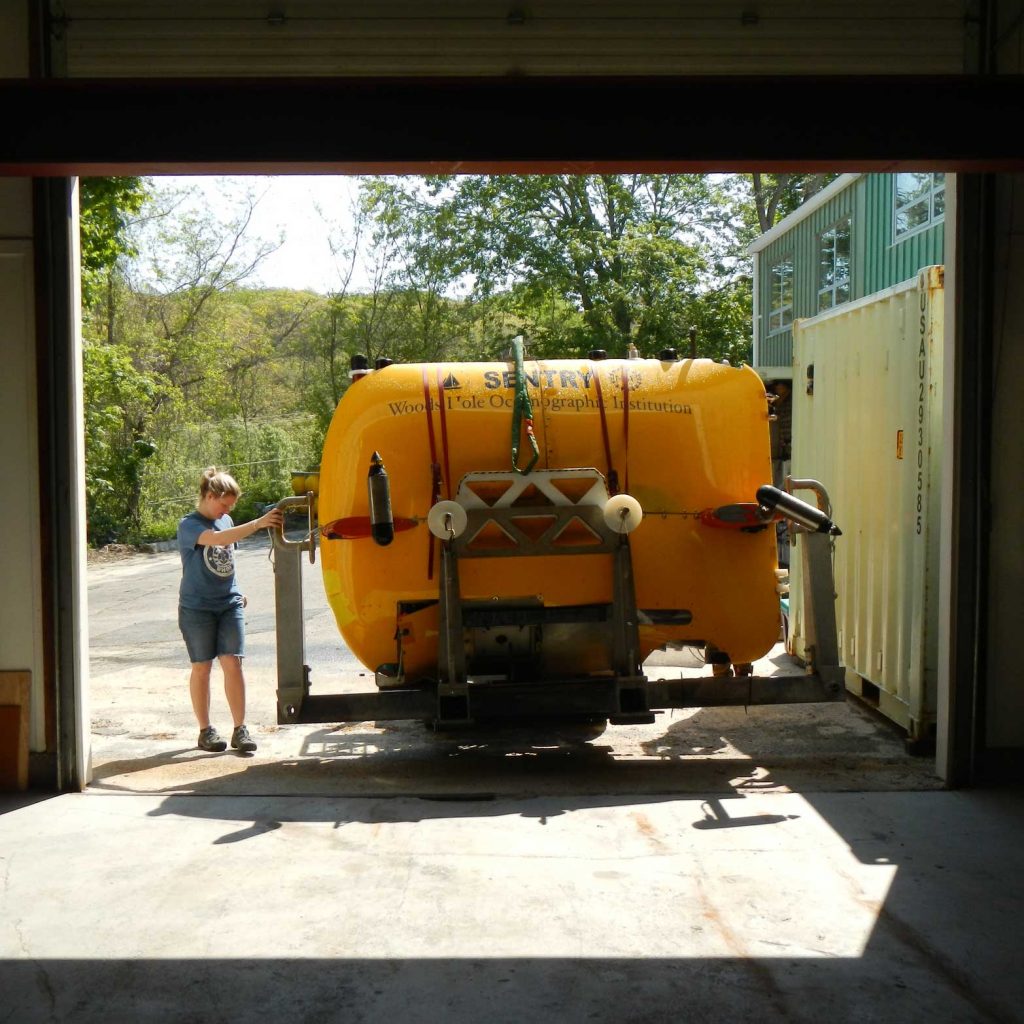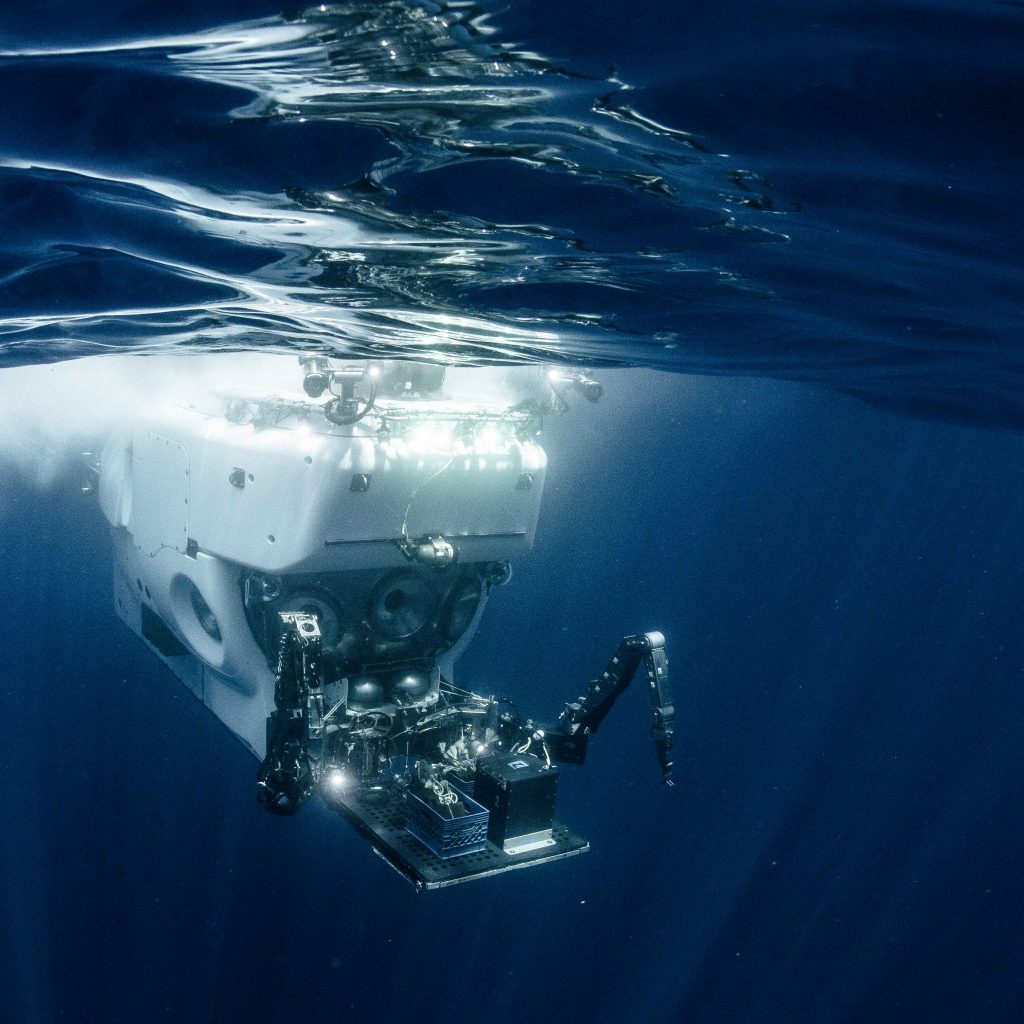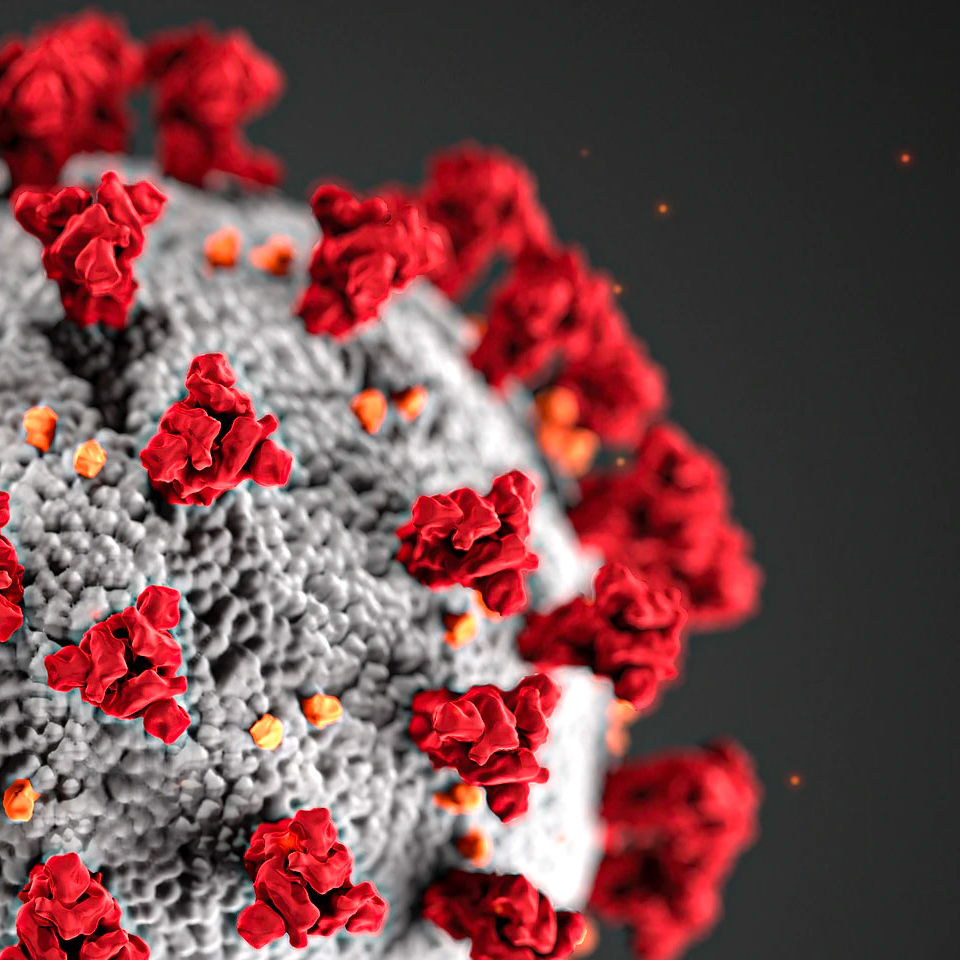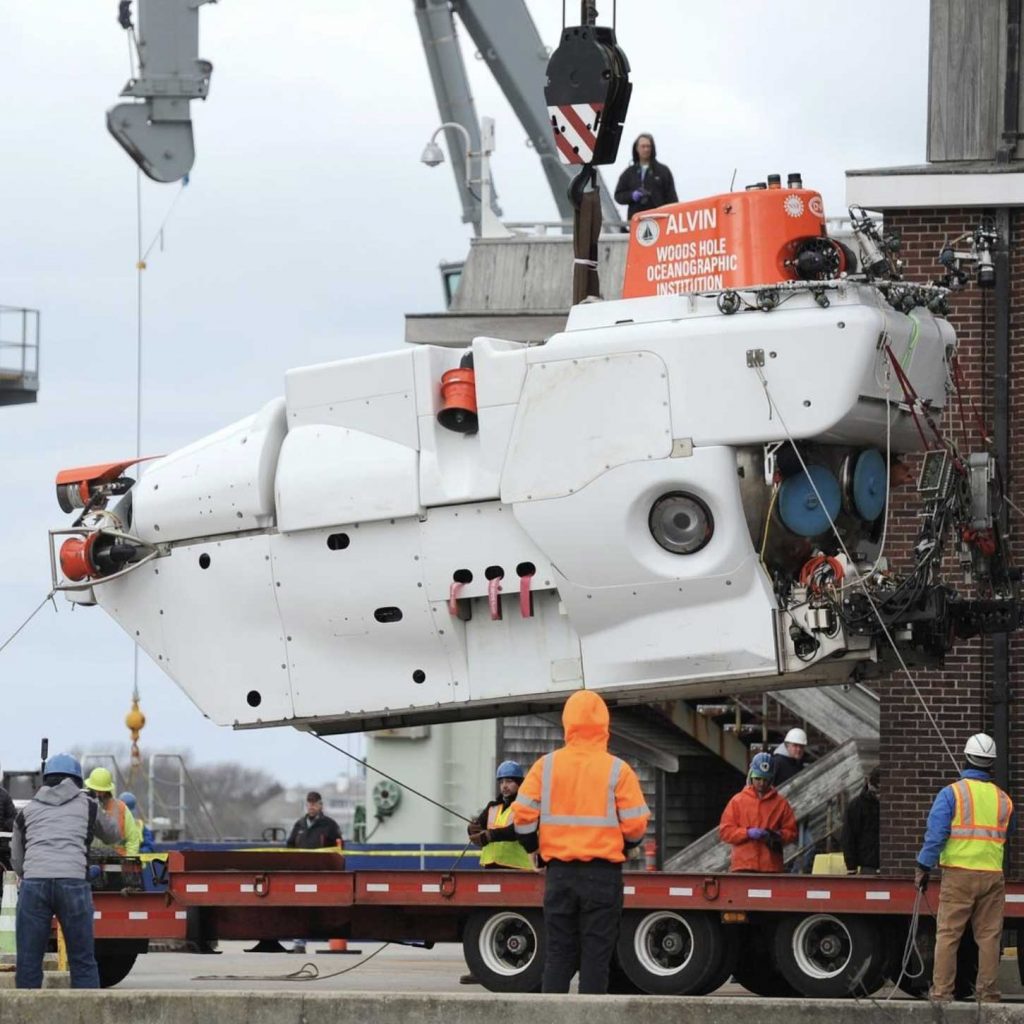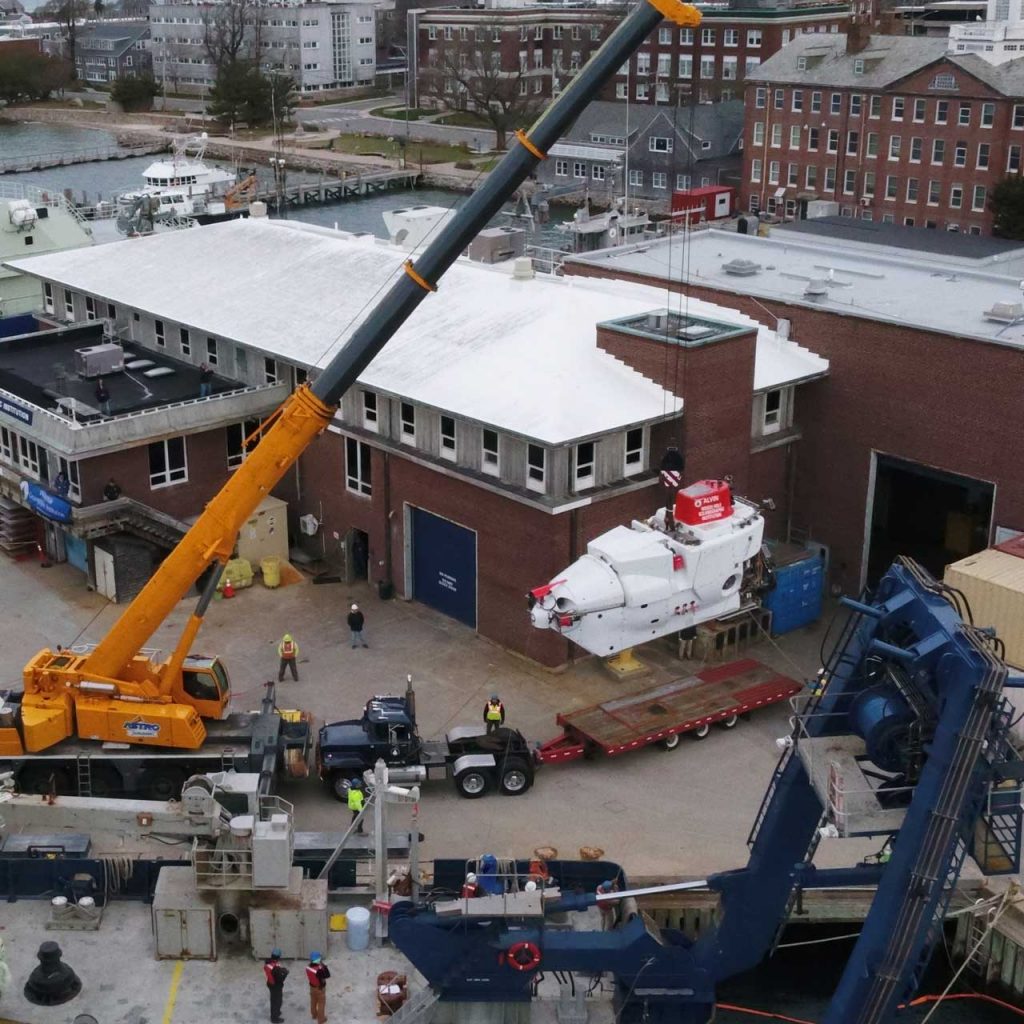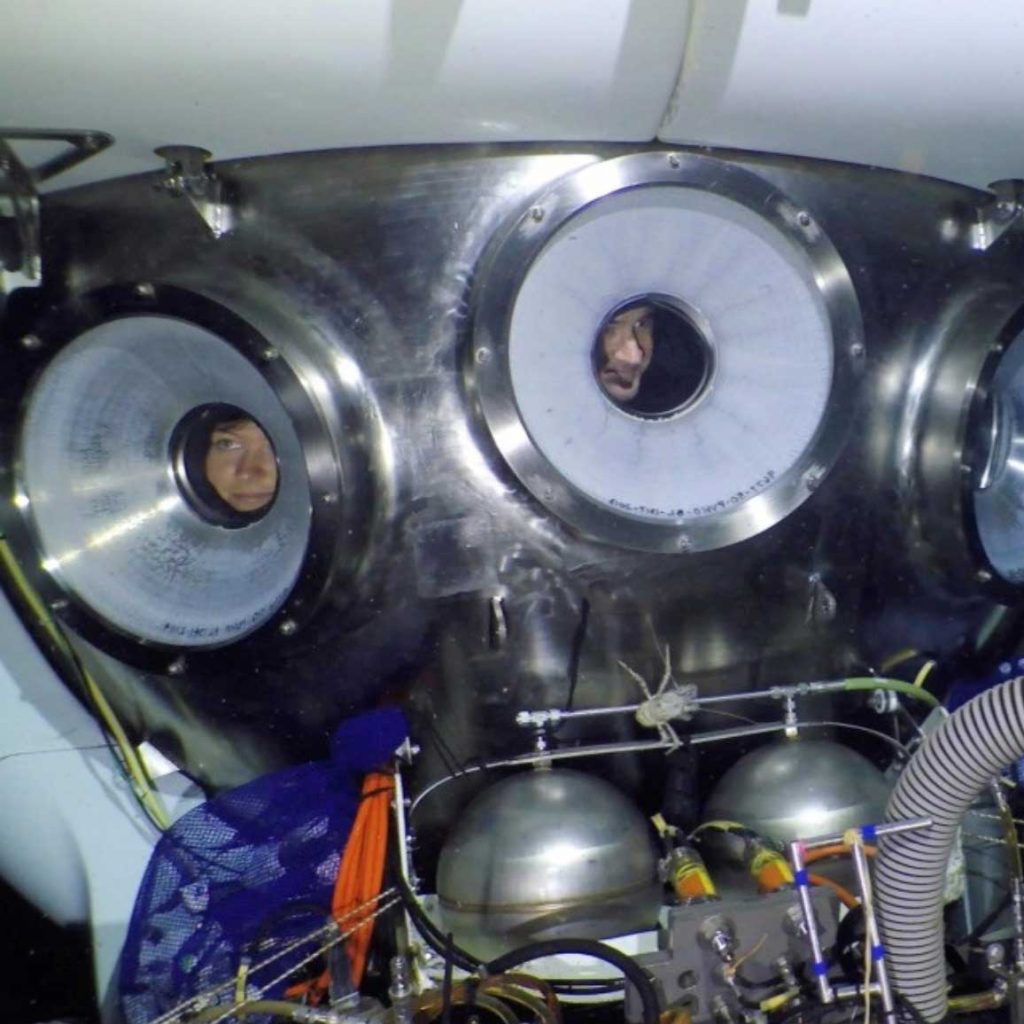Using samples collected by ROV Jason II and Nereus, Scientists analyzing hydrothermal fluid from Piccard vents at Mid-Cayman Rise found “non-biological processes deplete hydrogen that was thought to be readily…
Read More »Jason Sylvan from Texas A&M talks about exploring the East Pacific Rise at 9°50’N in HOV Alvin. “I was blown away with just how much different it is actually being…
Read More »The final phase of an overhaul that will allow the submarine to dive to 6,500 meters is underway. Read the whole story here.
Read More »Getting Jason and Sentry back to Woods Hole in the face of cancelled expeditions, closed ports, and tropical cyclones
Read More »Living in a confined space in response to COVID-19 stay-at-home orders is nothing new for Bruce Strickrott. As a pilot of human-occupied vehicle (HOV) Alvin and manager of the Alvin…
Read More »“Now an $8 million upgrade to the submersible powerhouse Alvin will allow WHOI researchers nearly unprecedented access to some of the most inaccessible corners of the world’s deepest waters, helping…
Read More »Following guidance from UNOLS and our host site Woods Hole Oceanographic Institution (WHOI), the National Deep Submergence Facility is monitoring the situation related to COVID-19 closely and taking appropriate actions…
Read More »Read an interview about the Alvin of the future with submersible pilot and manager of the Alvin Group Bruce Strickrott.
Read More »Watch Alvin return to Woods Hole Oceanographic Institution for the final phase of the overhaul that will allow it to reach 6500 meters depth. Building on work begun in 2011,…
Read More »“In an instant, the abyss below resolves into a field of contorted basaltic lava flows. Black, shiny lava pillows extend to the reach of our floodlights, much like photos I’ve…
Read More »
